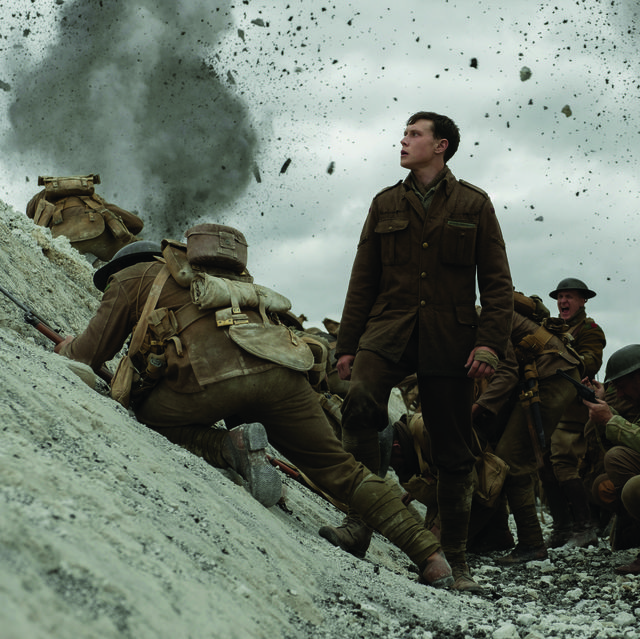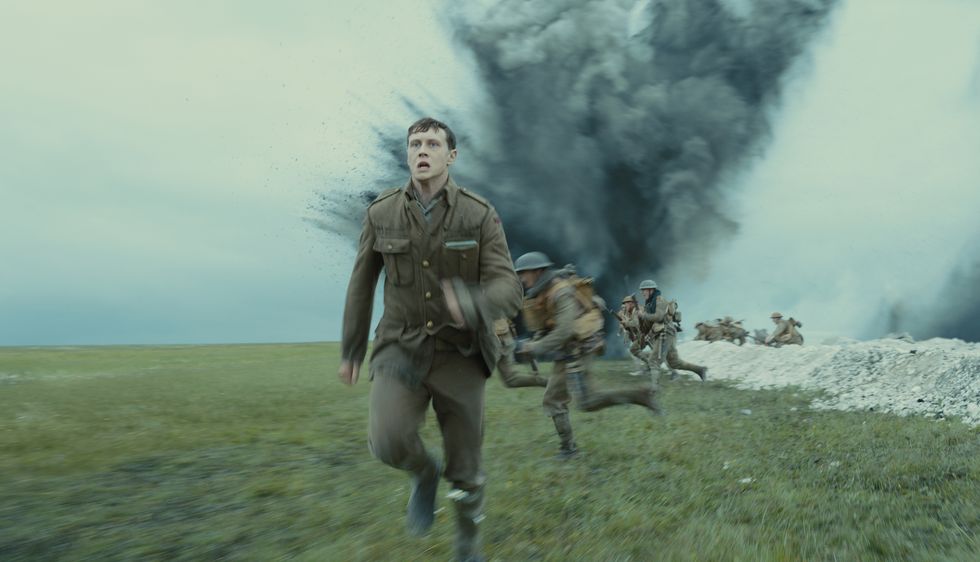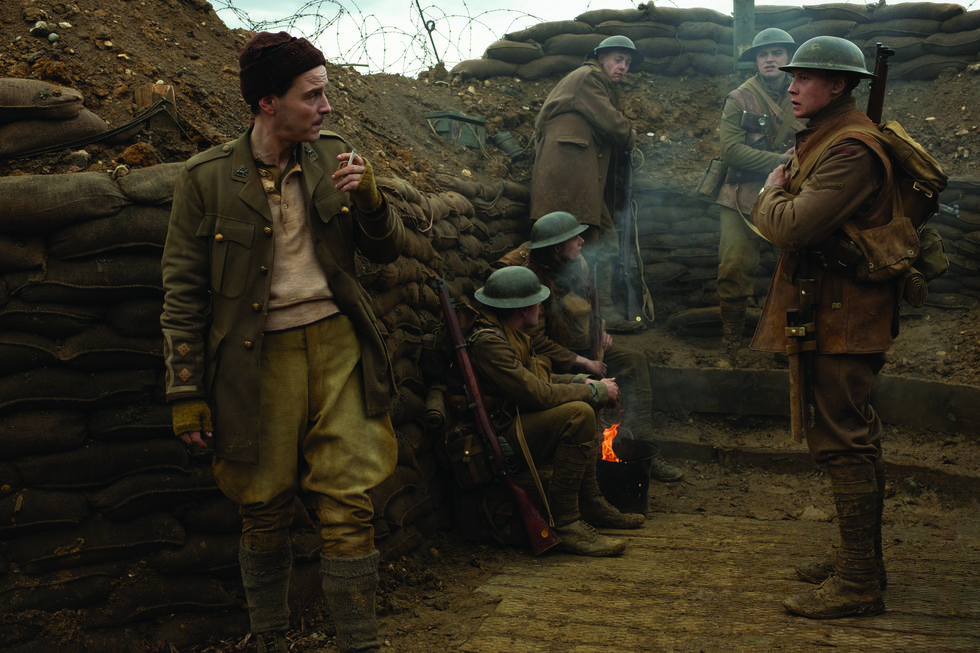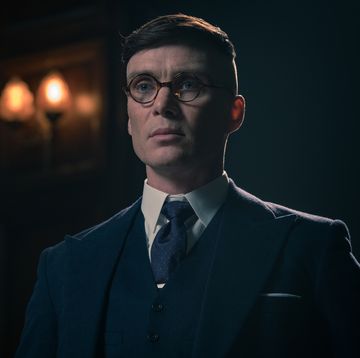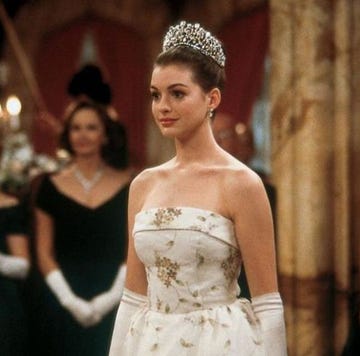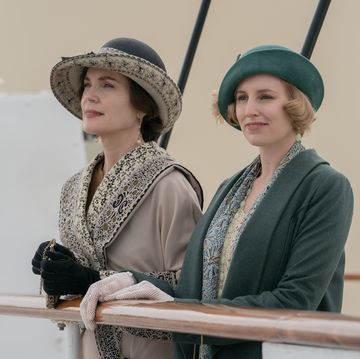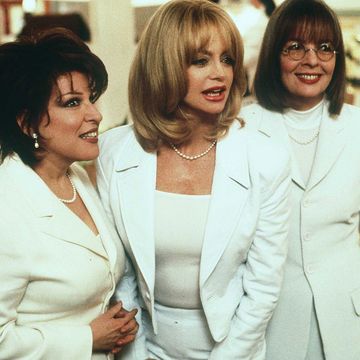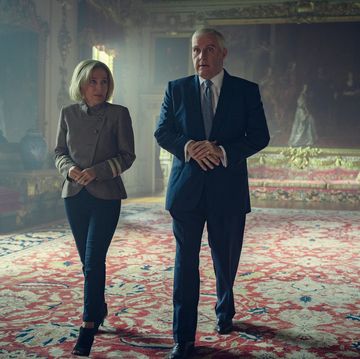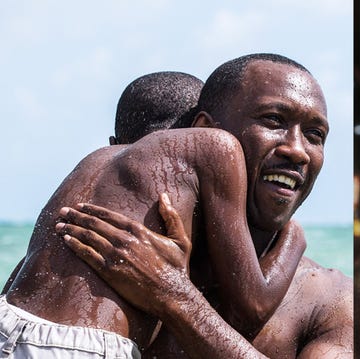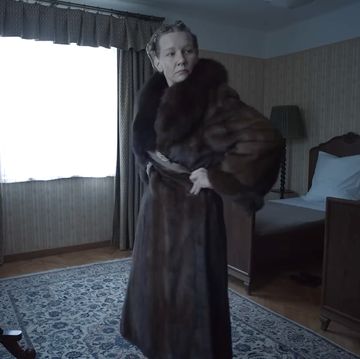The WWI drama 1917 may not have hit theaters until Christmas Day, but it's already garnering serious awards season buzz, including Golden Globe nominations for Best Drama and a directing nod for Sam Mendes.
Here's what to know about the real history behind the film's wartime story.
Did the events of 1917 really happen?
In the movie two young soldiers, Blake (played by Dean-Charles Chapman) and Schofield (George MacKay), are charged with making a perilous 24-hour trek across No Man’s Land to deliver a message, warning troops of an ambush that could result in the deaths of 1,600 British soldiers, including Blake's brother.
The basis for the film was inspired by the stories of Lance Corporal Alfred H. Mendes, director and co-writer Sam Mendes's grandfather, who served as a message runner in WWI. However, though the film is dedicated to him, Alfred and the missions he served on don't actually feature in the film. Rather, Sam and his co-writer Krysty Wilson-Cairns created fictional characters to carry out a fictional mission informed by Alfred's stories.
"The movie is a fiction based on a fact, like all of my favorite war literature movies. Like Apocalypse Now and All Quiet on the Western Front. These are historically accurate but the characters are creations," Mendes told Deadline. "The characters George MacKay and Dean-Charles Chapman play are not my grandfather. But the spirit of what he told me and the central idea of a man carrying a message wouldn’t leave me. It just clung on in there somehow, for the last 50 years."
Operation Alberich plays a key role in the film.
While Alfred Mendes volunteered for a mission to rescue and lead part of a stranded battalion back to camp in October of 1917, the events of 1917 are actually set on April 6 of that year. The positioning in time was important for a few reasons, the most significant of which being that during that period in the spring of 1917, German troops were carrying out a maneuver known as Operation Alberich. During the operation, German forces pulled back their front line approximately 25 miles, abandoning some of the lands that they had captured in the Battle of Somme in order to fall back to the more readily defensible Hindenburg Line—a machine gun-studded defensive barrier that ultimately held against the Allied forces until late 1918.
At the time, lacking large-scale communication capabilities—there were some telephones set up throughout the 35,000 miles of trenches along the Western Front, but officers were generally forced to rely on messenger pigeons, signal lamps, and flags, with runners like the characters in the film filling the gap in the most dire situations—the British soldiers at the front were unsure whether the withdrawal marked a retreat by Germany and meaningful information was slow to disseminate.
That chaos and limited communication ultimately served as the jumping off point for 1917. "When I got that piece of information about the retreat to the Hindenburg Line, I immediately thought, well there’s the movie," said Mendes. "The more you read, the more fascinating it is."
In addition to the importance of Operation Alberich in creating the film's drama, April 6, 1917 also marks the day that the U.S. Congress officially declared America's entry into the war. Less than a week later, Canadian forces also won the Battle of Vimy Ridge, a major Allied victory, that helped position that spring as an important turning point for the war itself.

Lauren Hubbard is a freelance writer and Town & Country contributor who covers beauty, shopping, entertainment, travel, home decor, wine, and cocktails.
